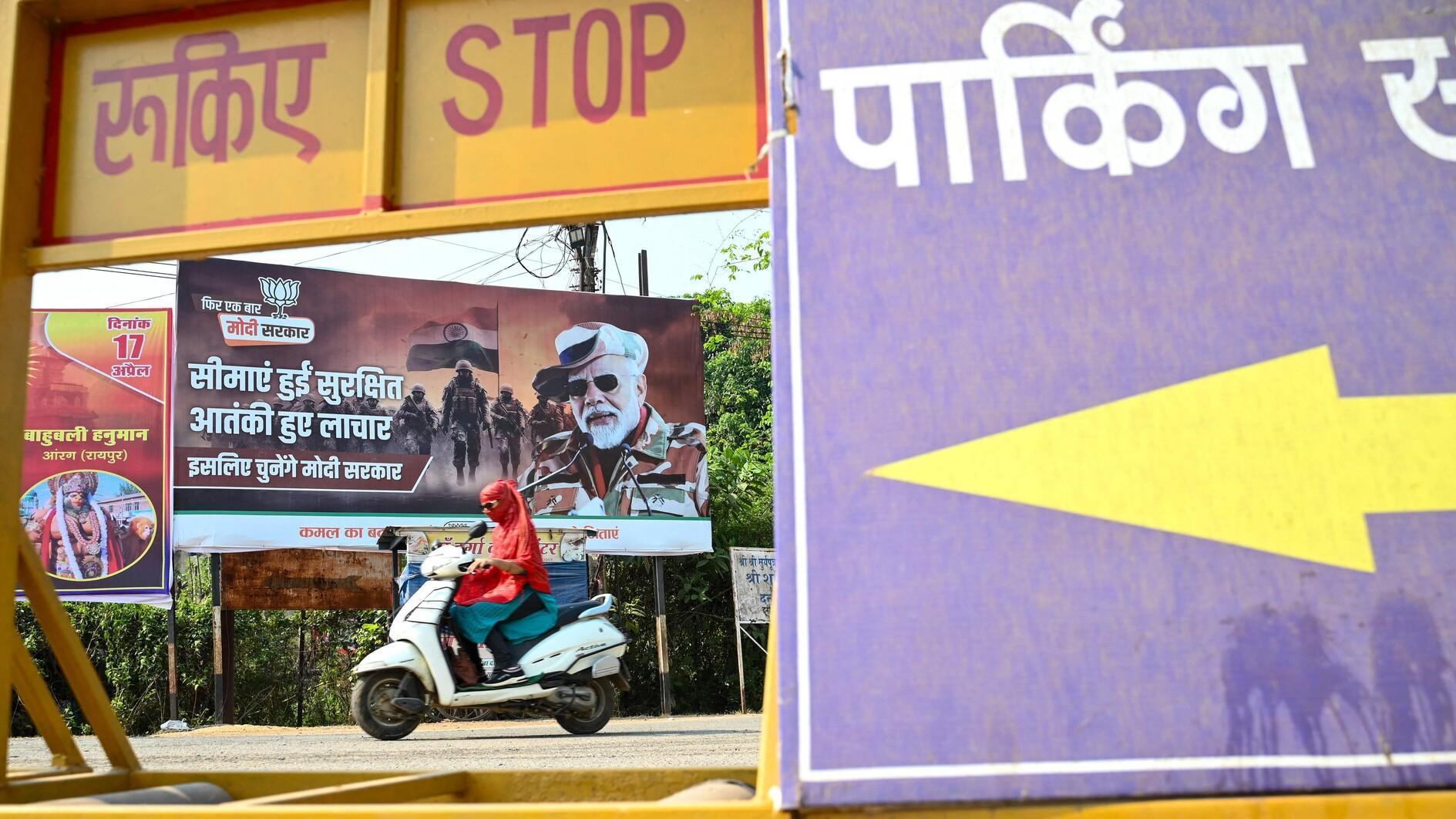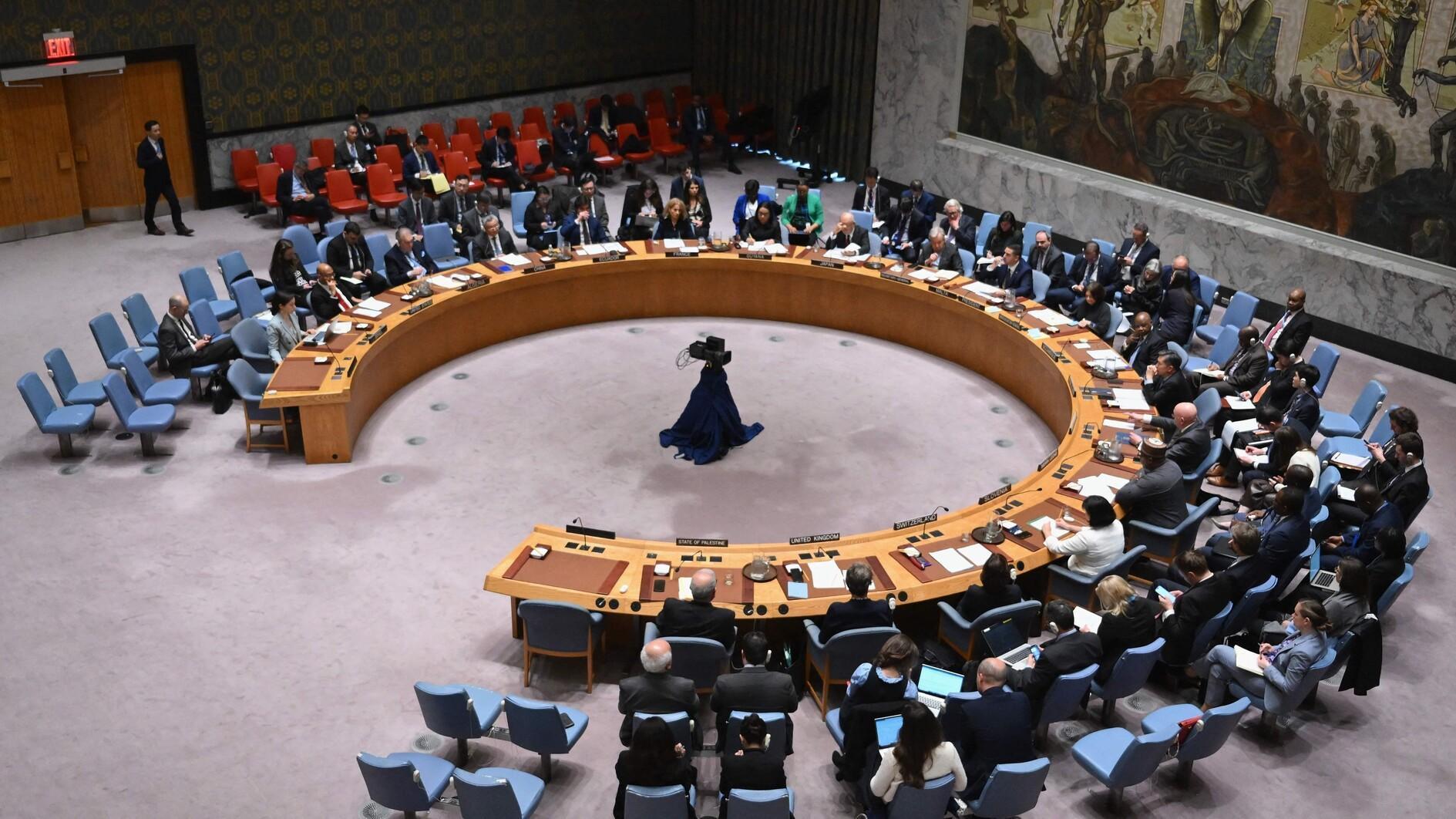Life’s new reality in Turkey: Refugees
“When I took office here two years ago,” said the coordinating governor in charge of refugees in Mardin, Veysel Dalmaz, “There were about 50,000 Syrian refugees in the camps. As of the fall of 2012, the number of Syrians who had entered Turkey but were living outside the camps was estimated to be in the band of 15,000 to 20,000.”
Today, we are in June 2014. Nearly two years later, the “estimated” total number of refugees is pronounced as around 1,200,000 by Governor Dalmaz. Out of this number, 220,000 are living in a total of 22 camps run by the state. The remaining nearly one million Syrian refugees are living in several of Turkey’s provinces.
Even for the richest countries of the world, it would be a serious situation for 1.2 million new people to be added to the population in a short period of time like two years.
We visited a refugee camp in Mardin’s Midyat district in a trip organized by the European Commission, also joined by the coordinating governor.
Just as in other camps, no food is served in this camp anymore. Instead of serving meals, each refugee receives a shopping card on which 85 Turkish Liras are uploaded each month for each refugee. With this card, refugees can shop from the market inside the camp and cook their own food. The U.N.’s World Food Program contributes 60 liras of this amount and the remaining 25 liras are provided by AFAD, the Turkish Prime Ministry’s Disaster and Emergency Directorate.
Everything looks organized and in order in the camp. EU Ambassador Stefano Manservisi thanked and congratulated Dalmaz for the “first-class camp.”
Despite these genuine praises, in the final analysis, this is a refugee camp. Its inhabitants have to spend most of their time in 16 square-meter tents for an indefinite period. Most of them, instead of this restricted life, prefer to live in the cities, so there are now nearly one million Syrian refugees living in several cities across Turkey.
They are living with us now. Not only in Mardin or in other border cities but in many other cities; they have become a part of daily life. In the province of Gaziantep alone, it is estimated that nearly 200,000 refugees live outside the camps; this figure is 160,000 for Şanlıurfa, and 145,000 for Hatay. Likewise, Kilis hosts 40,000 to 50,000 refugees, while the estimate for Istanbul is between 50,000 and 60,000.
In Mardin, the head of the Syrian Platform, Mehmet Timur Ağaoğlu, said their priority was education and they had opened a total of four schools for Syrian children. “We are trying to orient children from the streets to the schools,” he said. A Syrian community representative, Abdurrahman Süleyman, also said the most important issue was “school, school and school for children.”
According to official statements, the amount of money the government has spent on refugees since war broke out in Syria has reached $3.5 billion. However, it is not difficult to imagine that in the face of the dimensions of this migration wave, whatever is done would never be adequate. Similarly, it is also obvious that solutions need to be found for major issues, major needs need to be met in the fields of education, health, social integrity, public order and labor for Syrians who have migrated to big cities.
"It is not clear when our guests will return. We can manage the issues that emerge during their stay in Turkey as long as we have a farsighted road map on how to solve these problems and make the necessary decisions on time. This road map will also facilitate the contribution of international nongovernmental organizations to the aid work," Governor Dalmaz said.
Indeed, the probability needs to be included in the road map that a significant portion of the refugees will never return to Syria and will continue their lives in Turkey.











